Serengeti
National Park
(Tanzania)
The name Serengeti comes from the Maasai word Siringitu,
which translates to "the place where the land moves on forever."
The Serengeti ecosystem is one of the oldest on earth. The essential features of climate,
vegetation and fauna have barely changed in the past million years.
Early man himself made an appearance in Olduvai Gorge about two million years ago.
Some patterns of life, death, adaptation and migration are as old as the hills themselves.
The Serengeti National Park covers an area of almost 15,000 sq km. and borders the Masai Mara Reserve in Kenya.
Unfortunately there is no border crossing and it is a long, all-day drive to go there.
I visited The Serengeti in 2008 as part of my 52-day, 7-country, IntrepidTravel camping-truck trip from Nairobi to Johannesburg.

Overlooking the vastness of the Serengeti from a knoll near the entrance
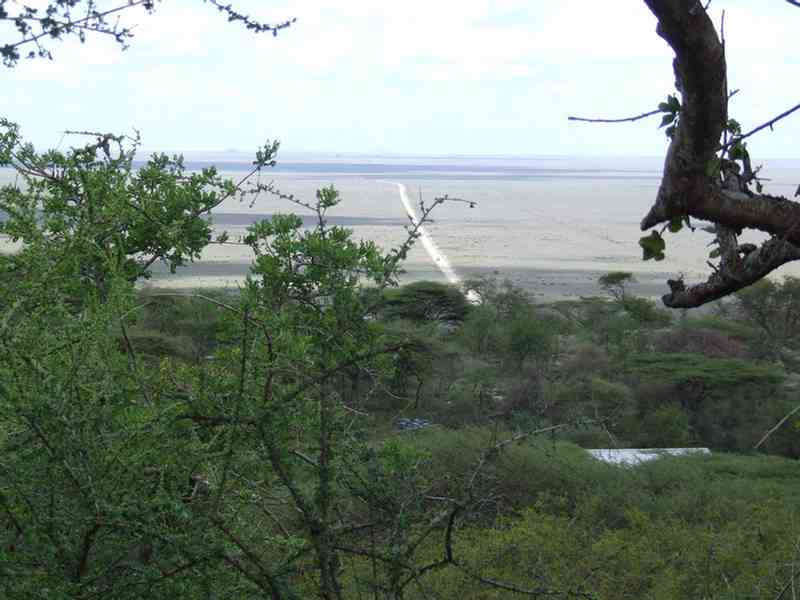

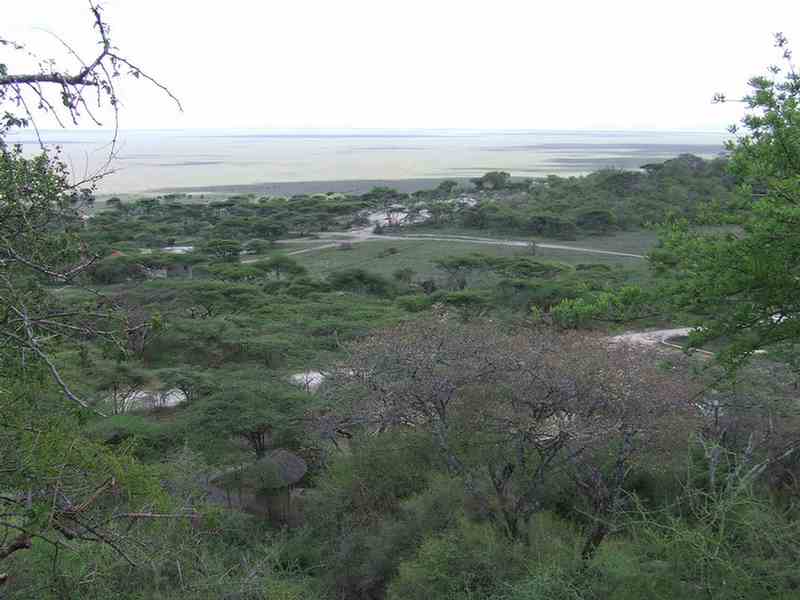
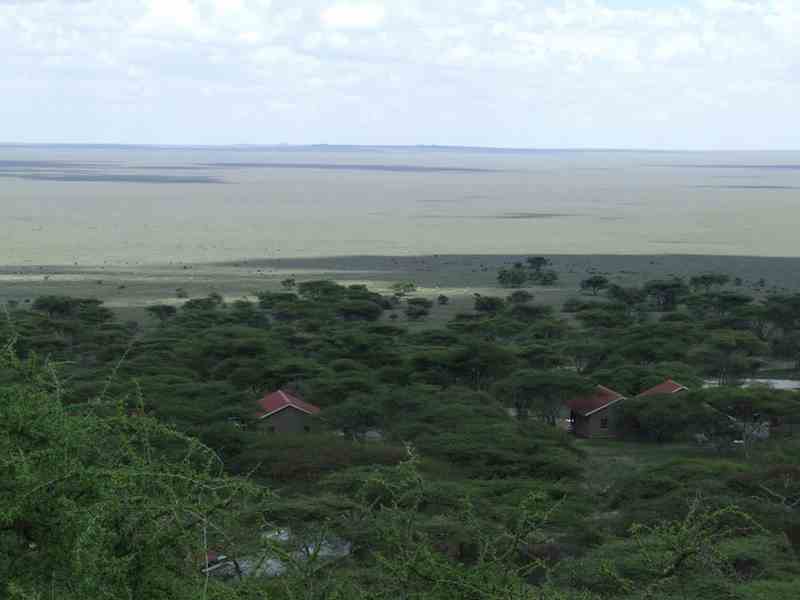
It is the migration for which Serengeti is perhaps most famous.
Over a million wildebeest and about 200,000 zebras flow south from the northern hills
to the southern plains for the short rains every October and November,
and then swirl west and north after the long rains in April, May and June.
So strong is the ancient instinct to move that no drought, gorge or crocodile infested river can hold them back.
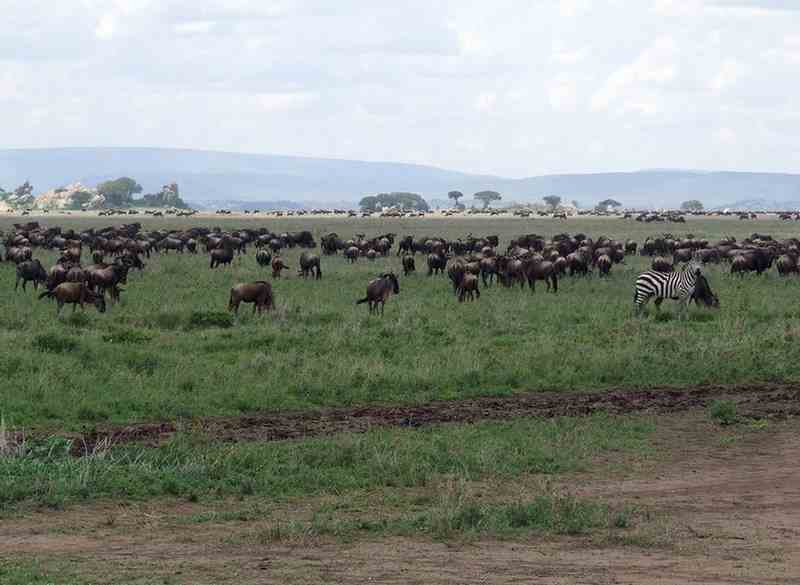
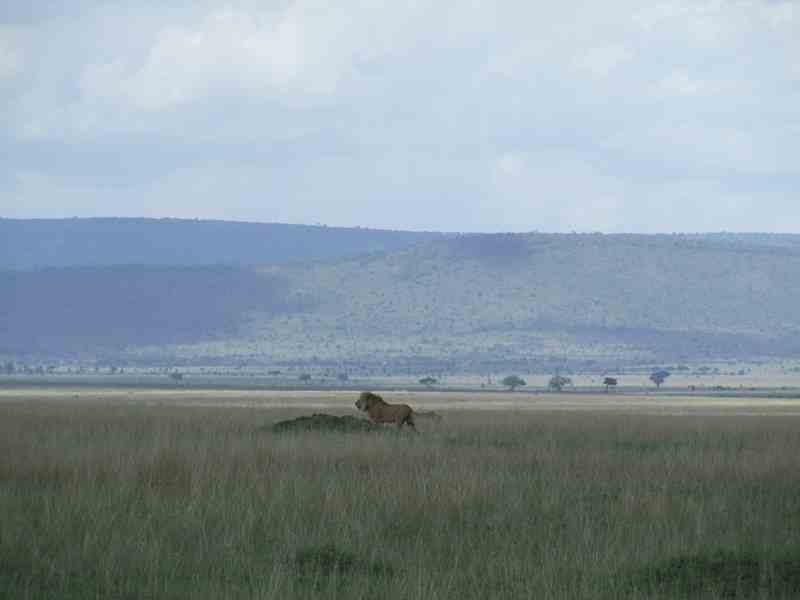
This is the only leopard in the wild that I saw on the whole 8 week trip.
They hunt at night and store their prey away from the ground attackers.
The leopard has relatively short legs and a long body, with a large skull.
Its fur is marked with rosettes which lack internal spots.
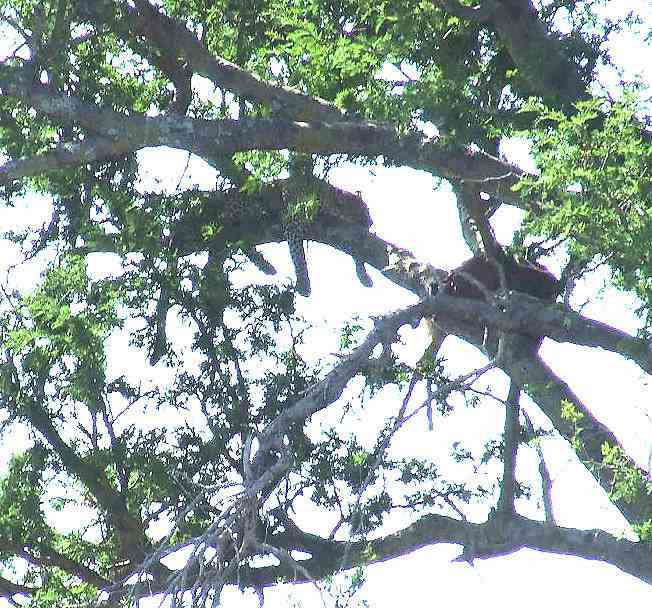
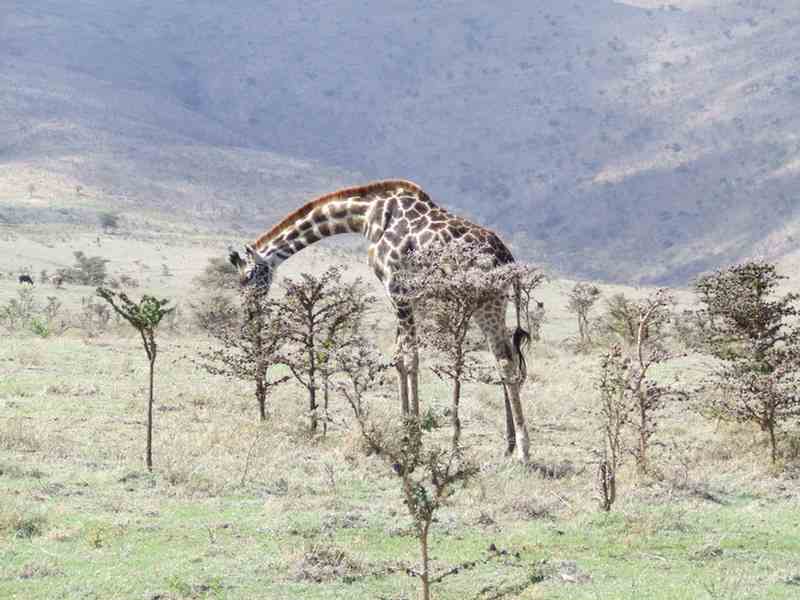
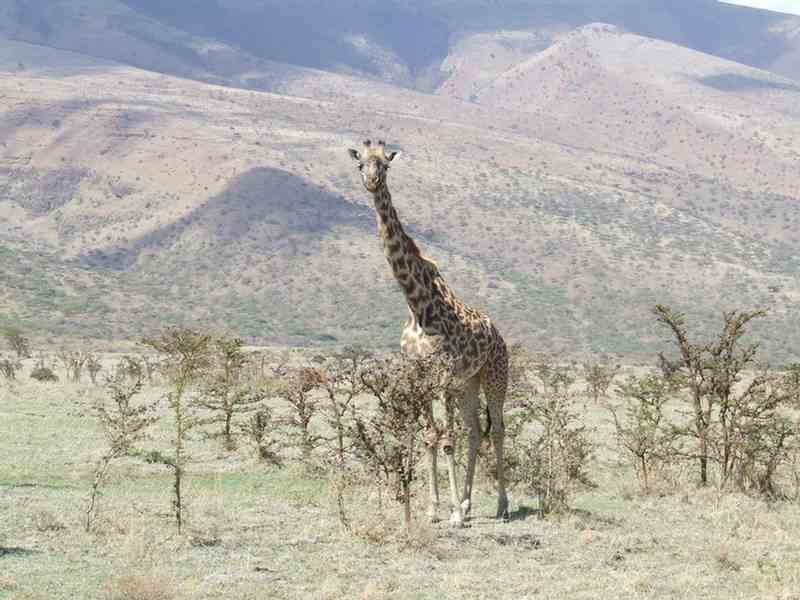
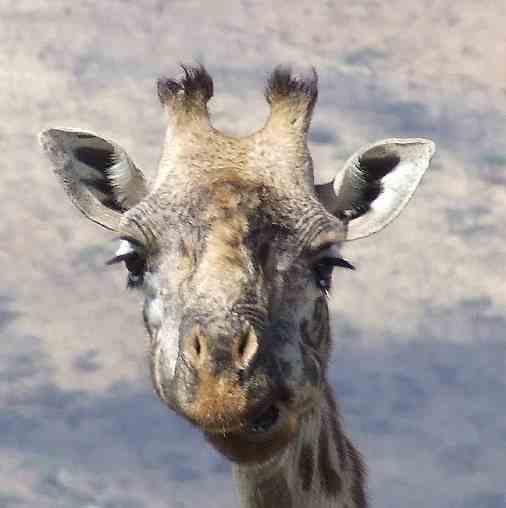
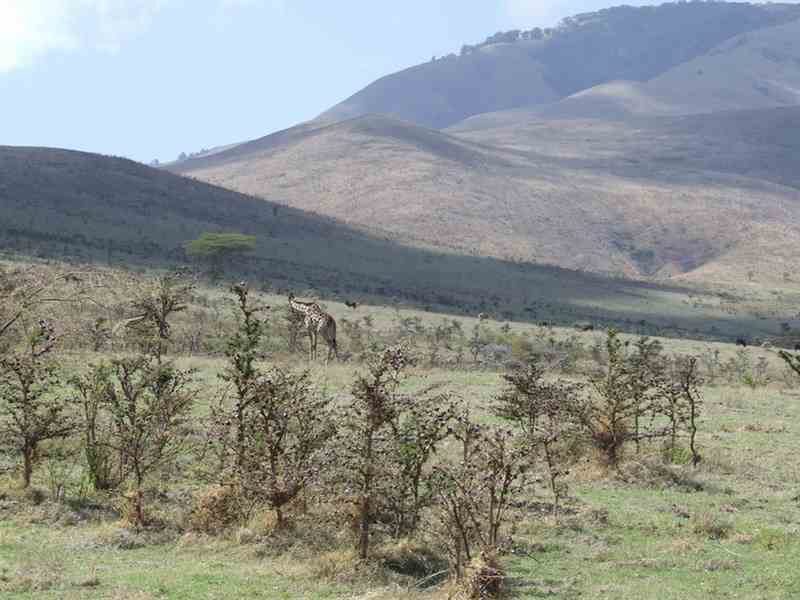
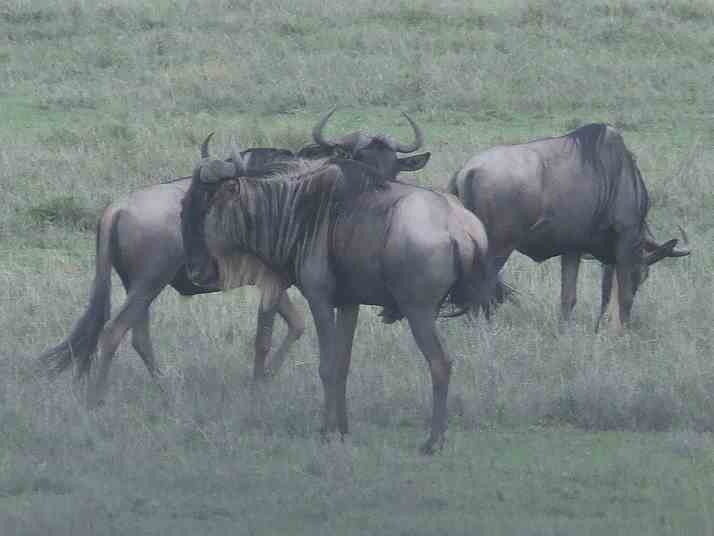
A secretary bird.
Its common name is popularly thought to derive from the crest of long quill-like feathers,
lending the bird the appearance of a secretary with quill pens tucked behind his or her ear,
as was once the practice.
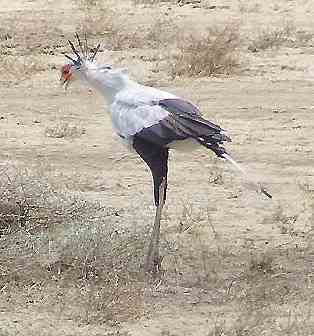
Spotted hyenas were common
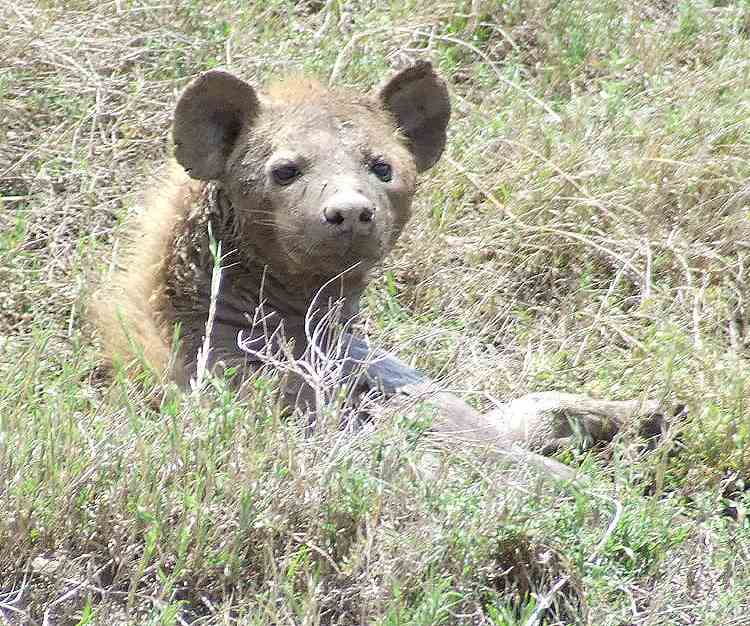
Warthogs are my favourites. Ugly? No way!!!
We saw a number of them kneeling to graze
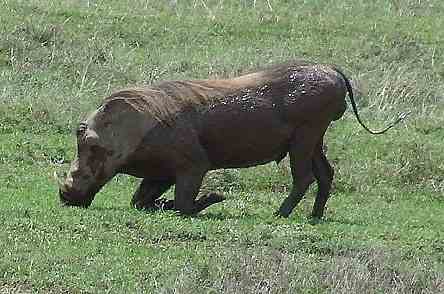
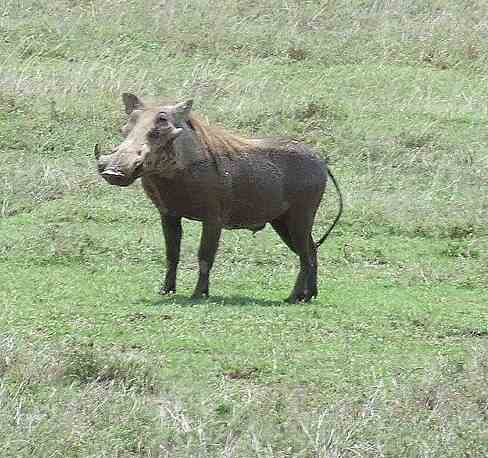
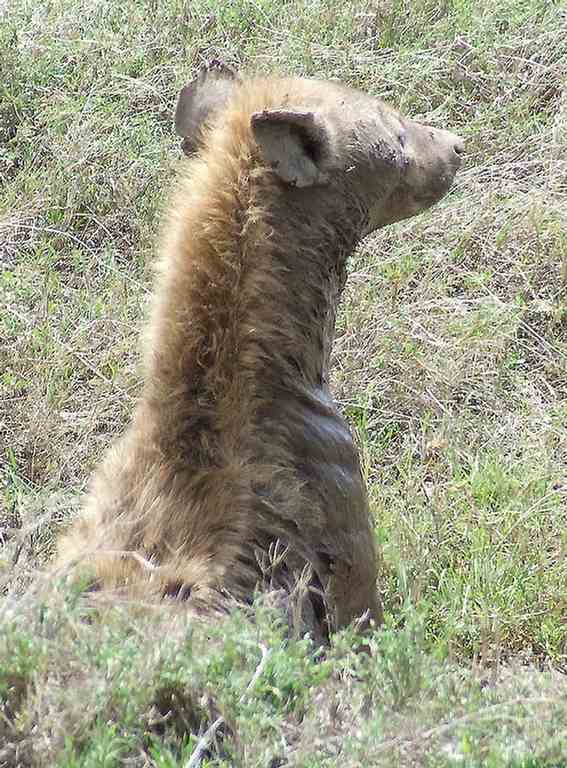
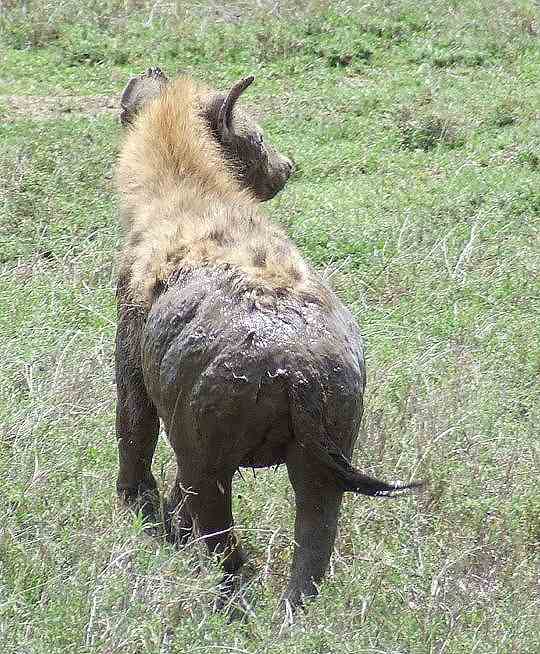
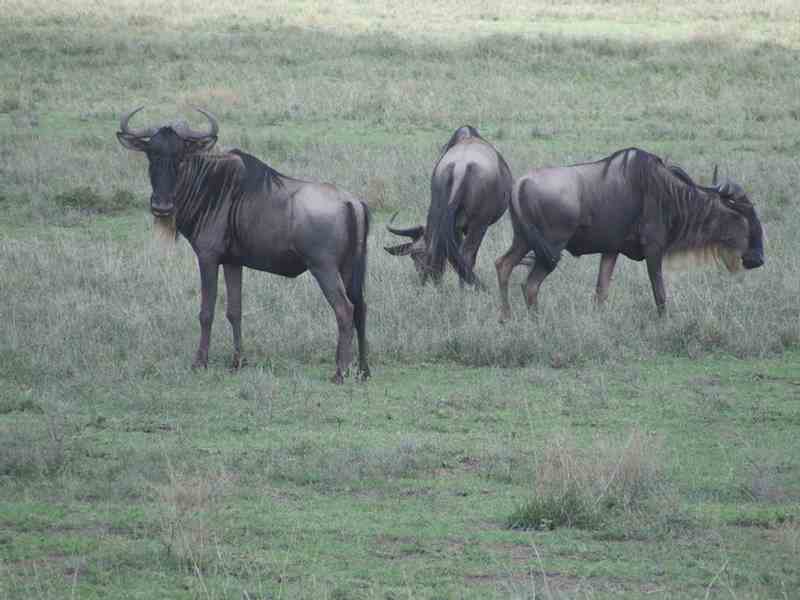
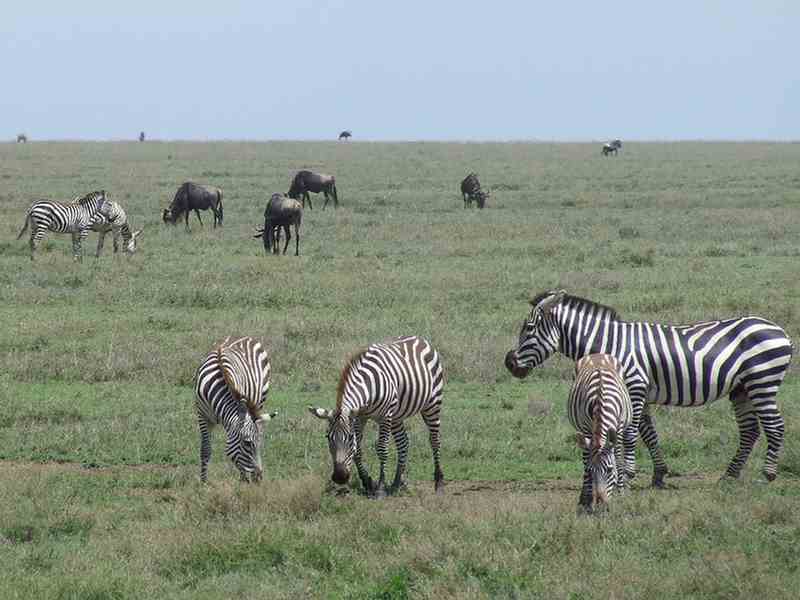
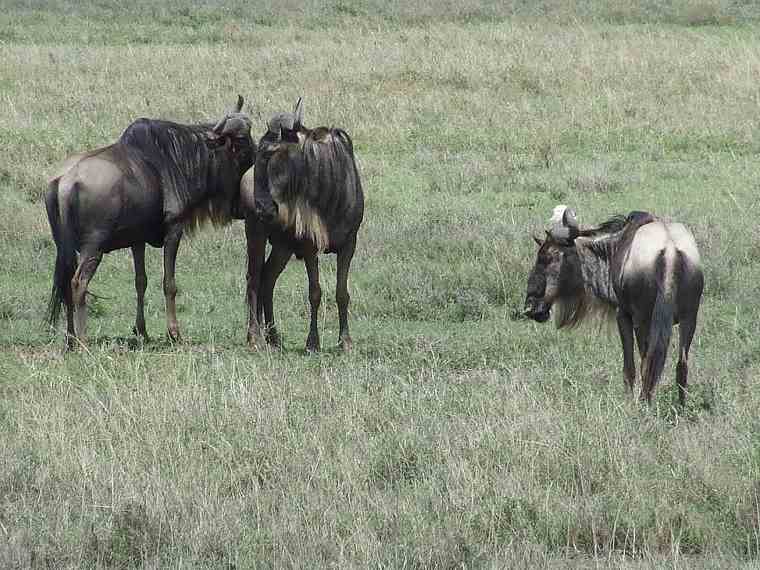
Safari, in Kiswahili, simply means "journey".
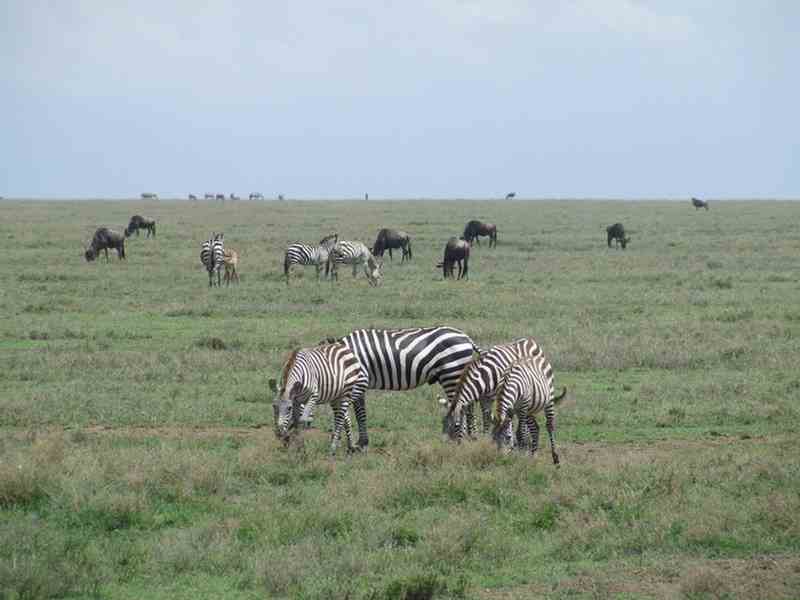
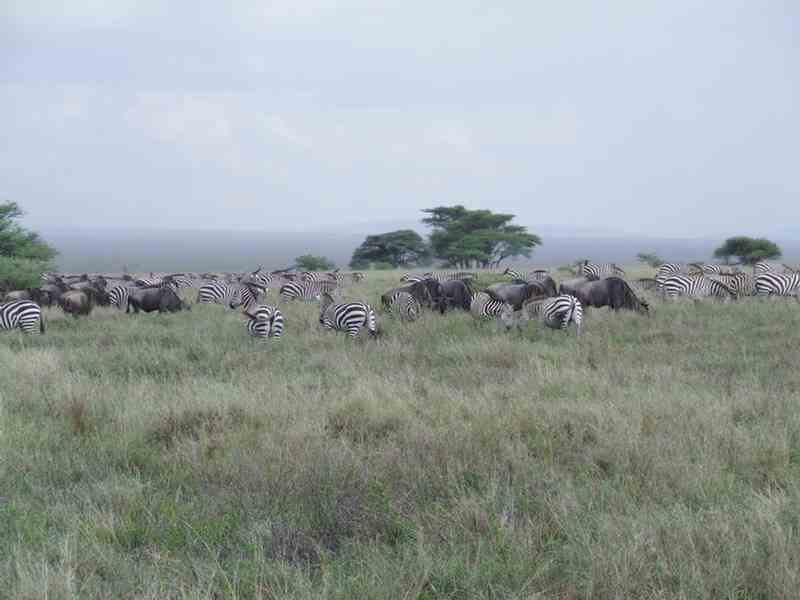
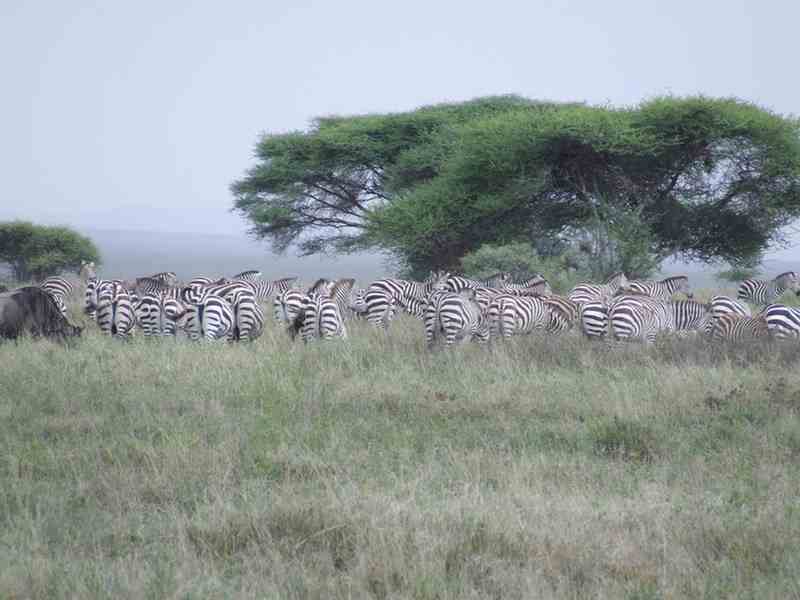
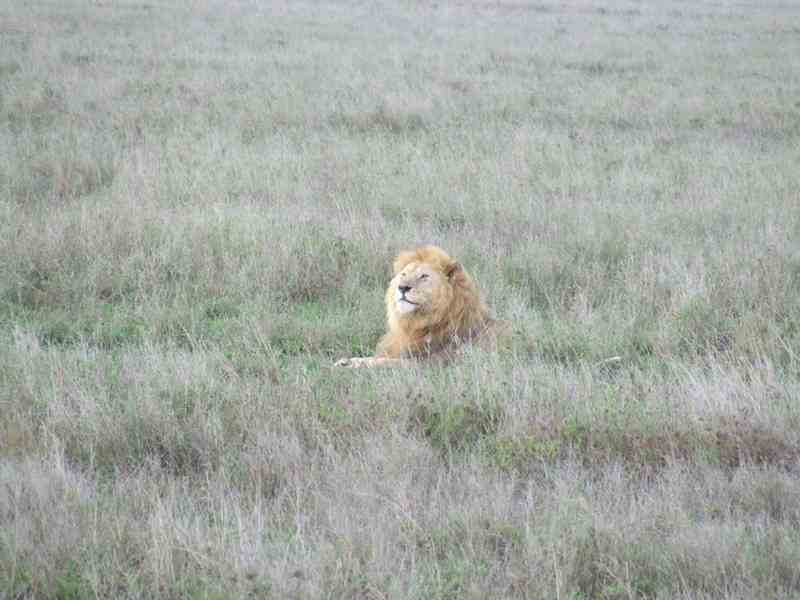

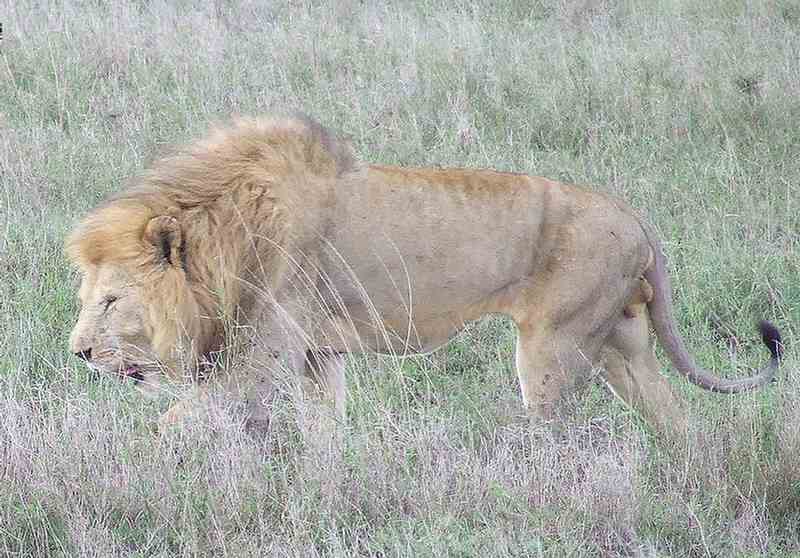
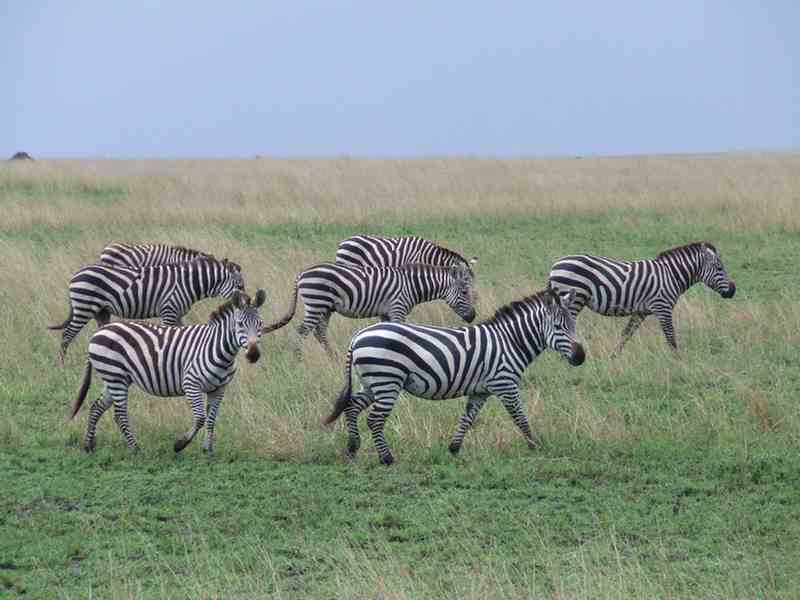
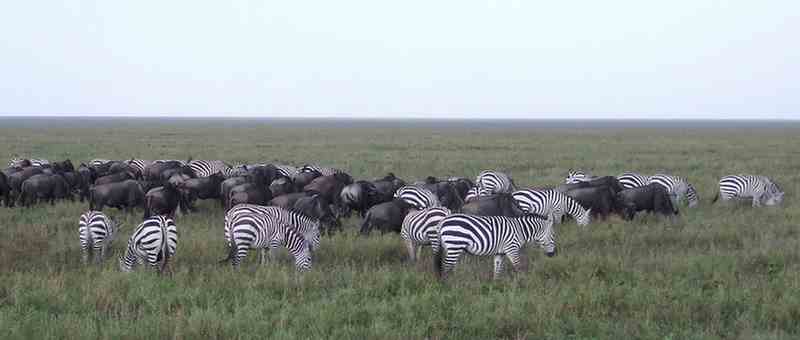
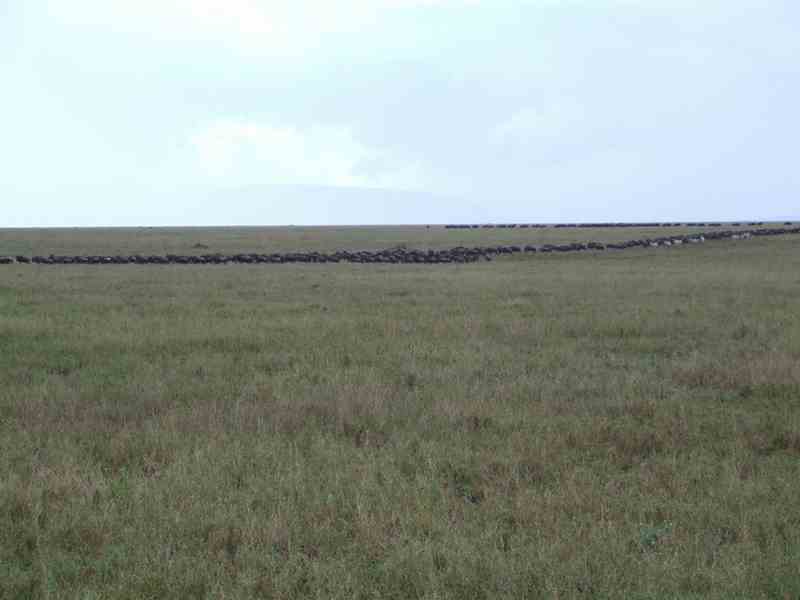
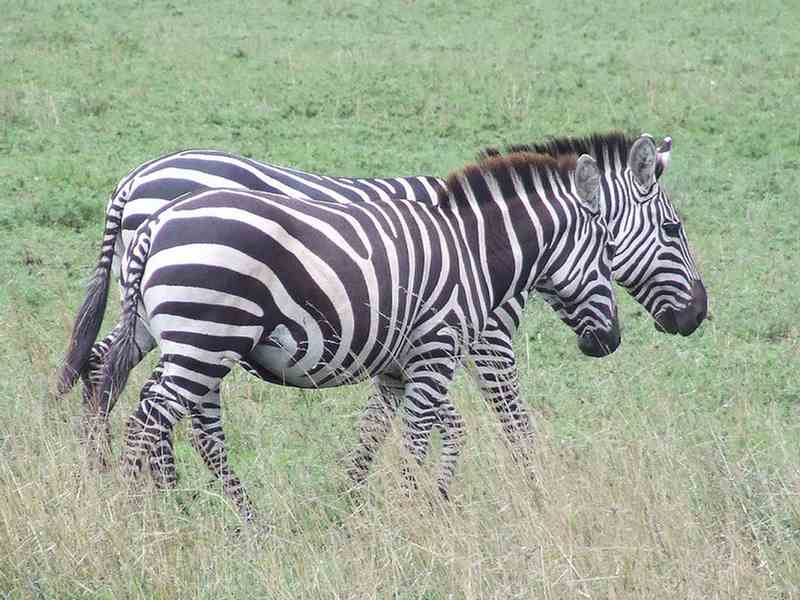
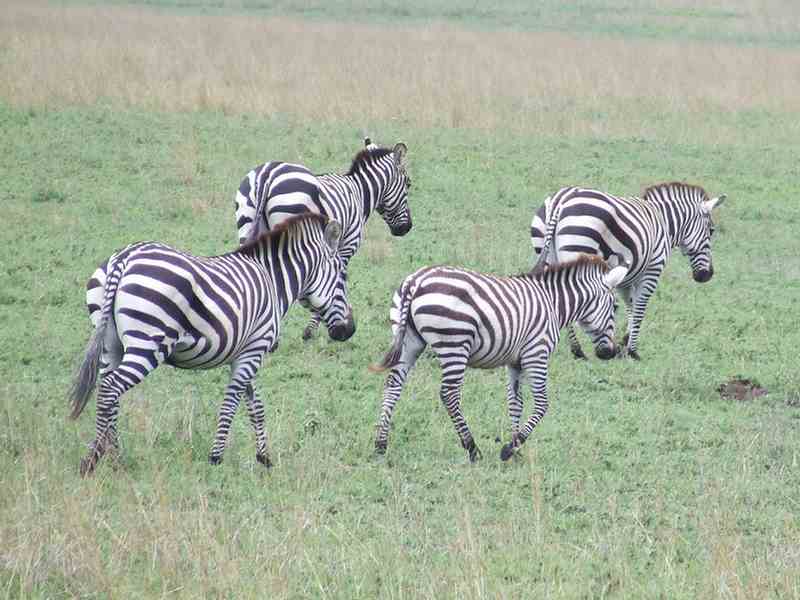
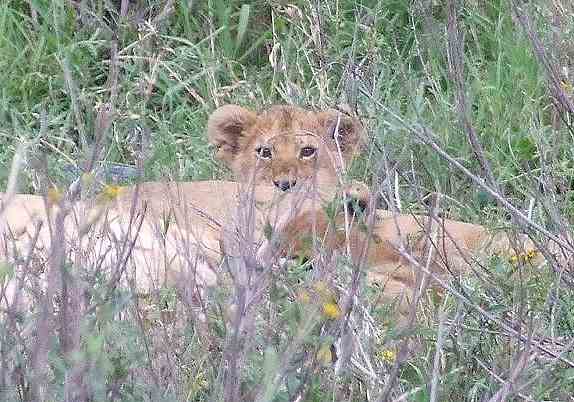
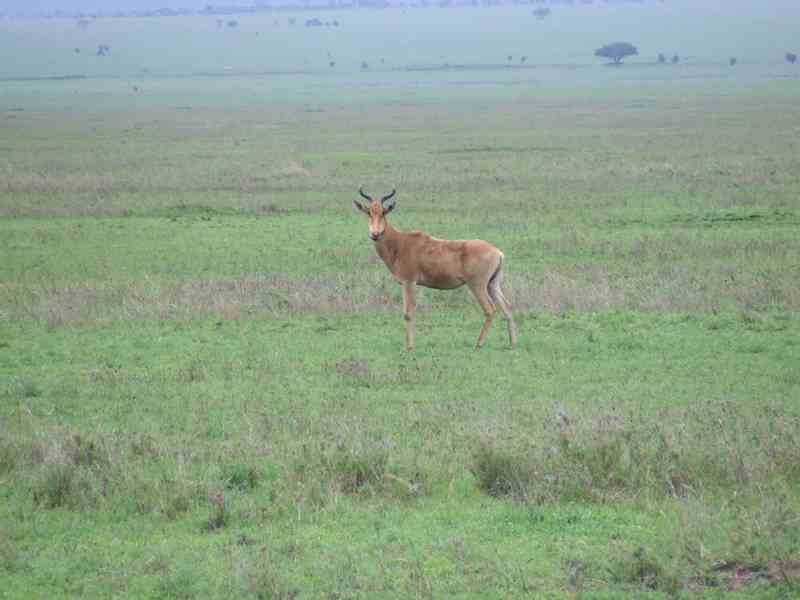
Marabou Stork
It is a frequent scavenger, and the naked head and neck are adaptations to this,
as it is with the vultures with which the stork often feeds.
In both cases, a feathered head would become rapidly clotted with blood and other substances
when the bird's head was inside a large corpse, and the bare head is easier to keep clean.
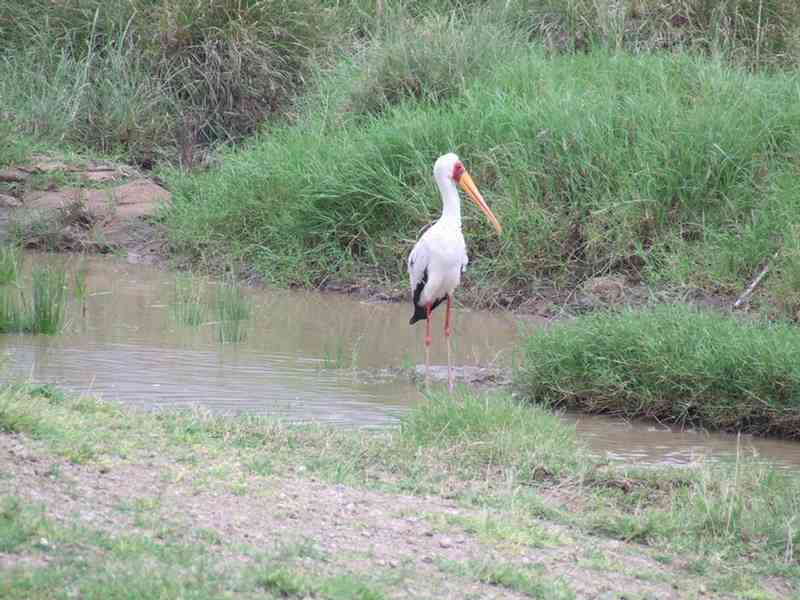

Guineafowl
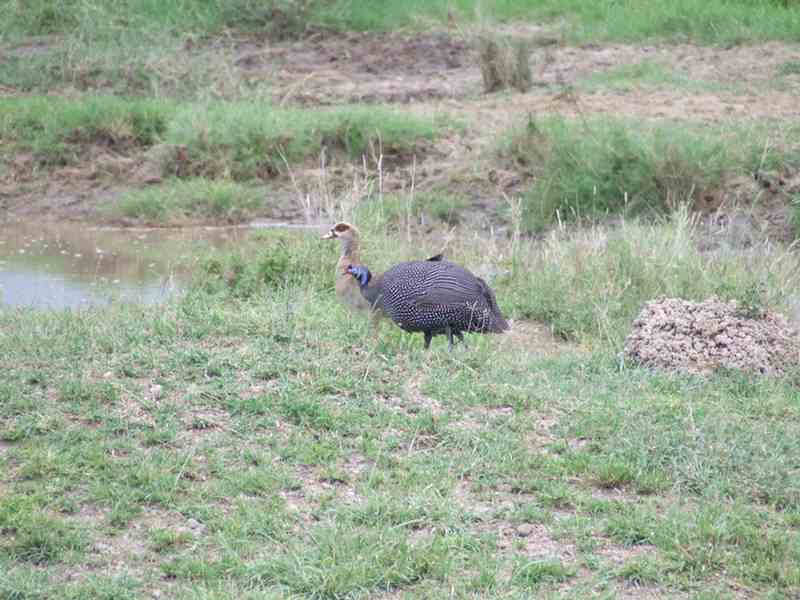
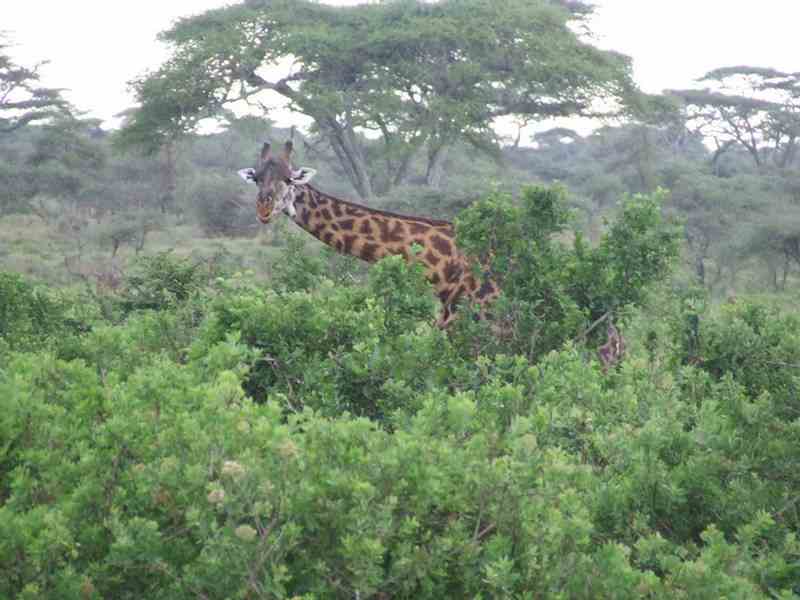
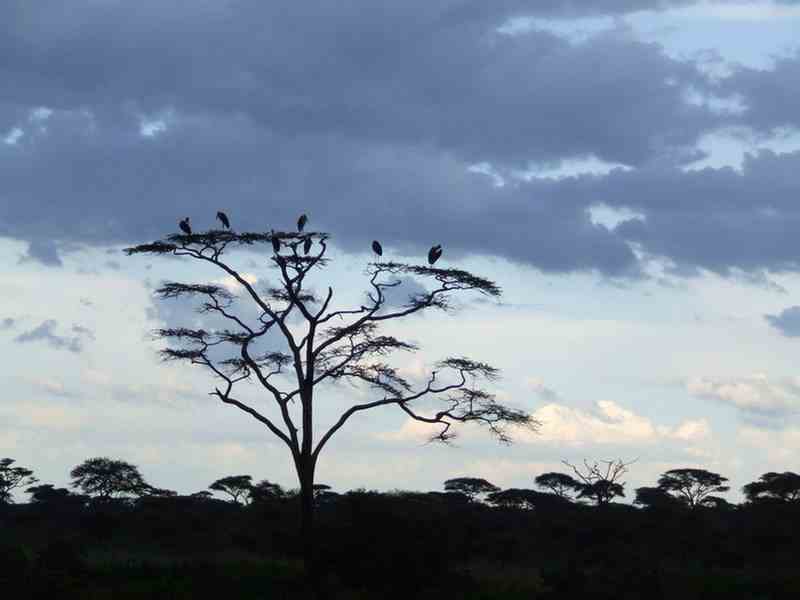
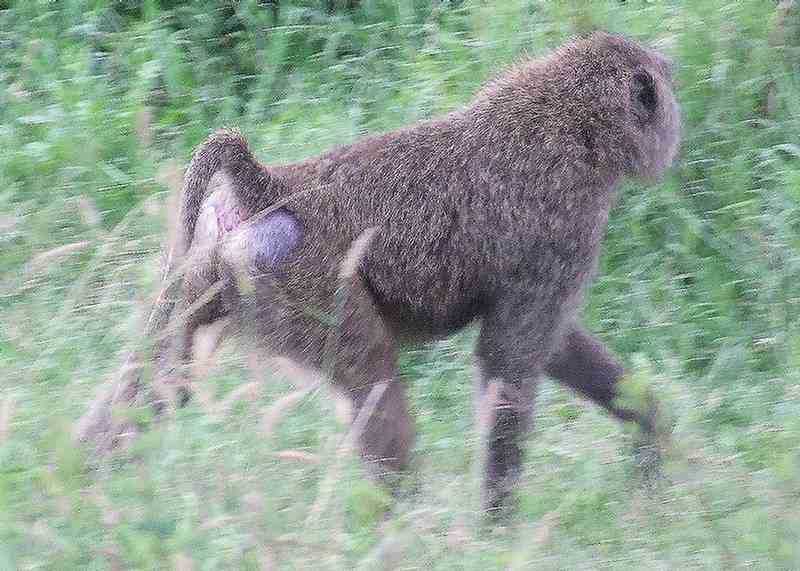
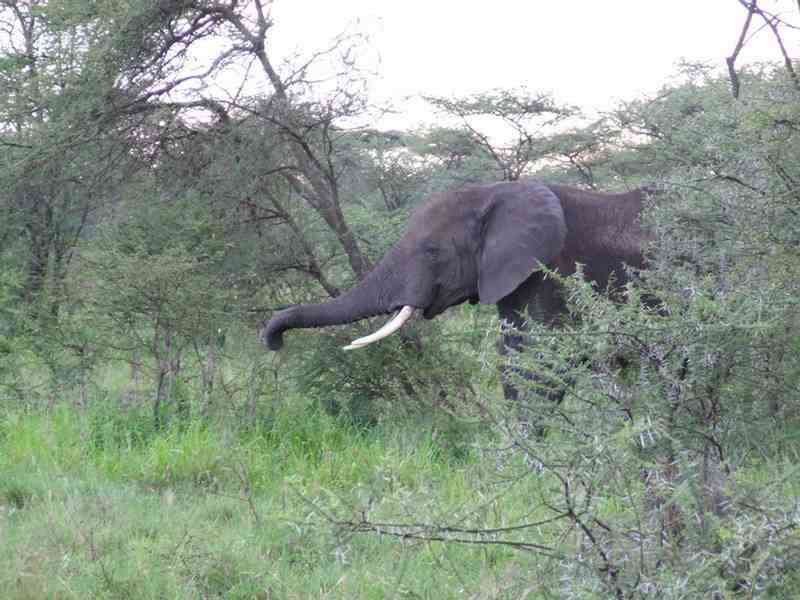
We camped at the unfenced Ngri campsite inside the National Park.
You could hear the noises of wild animals in the night.
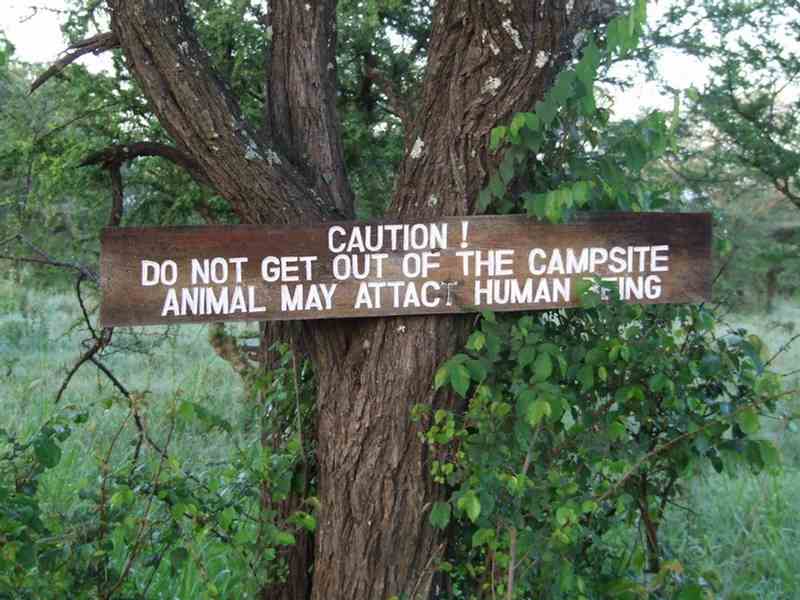
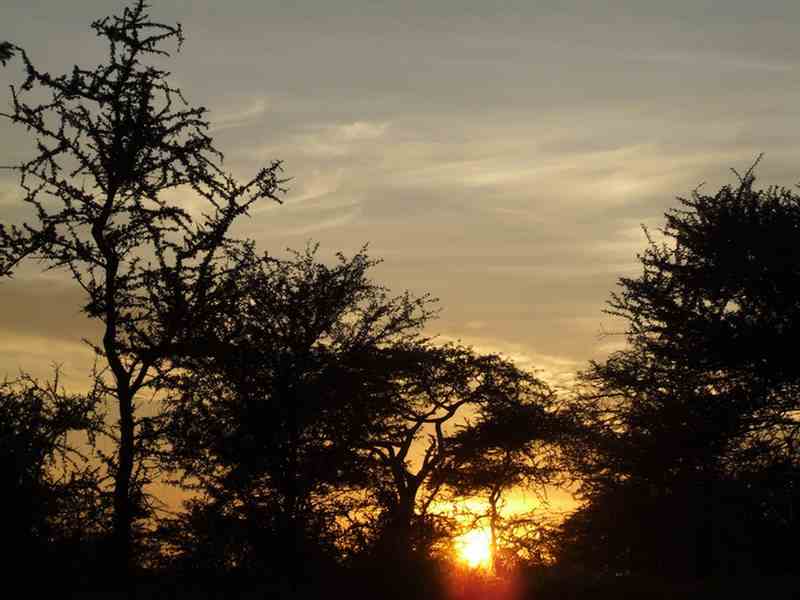

The next morning there were giraffes 50m from the tent
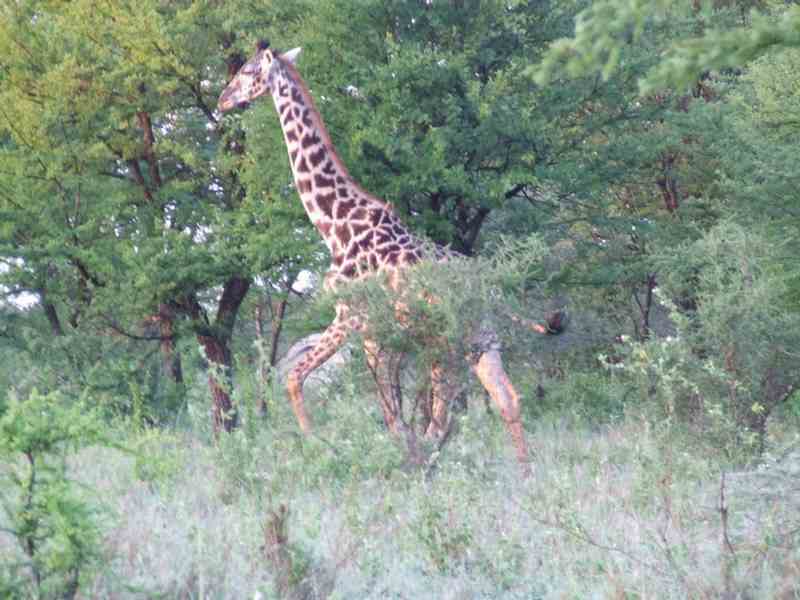
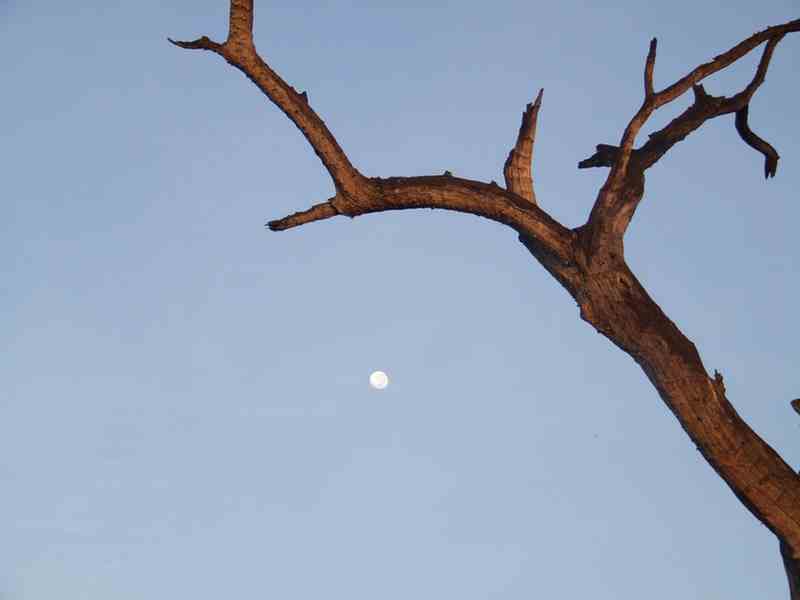
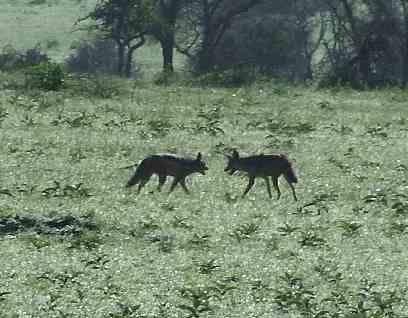
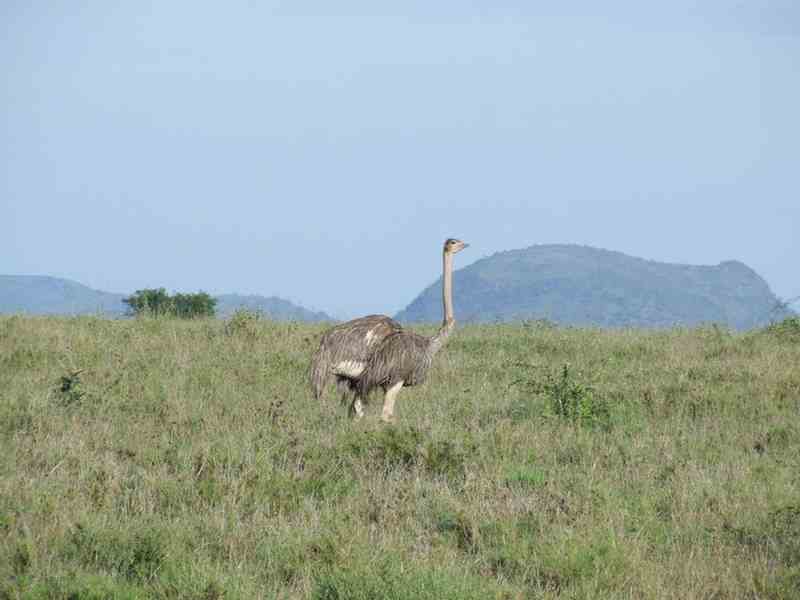
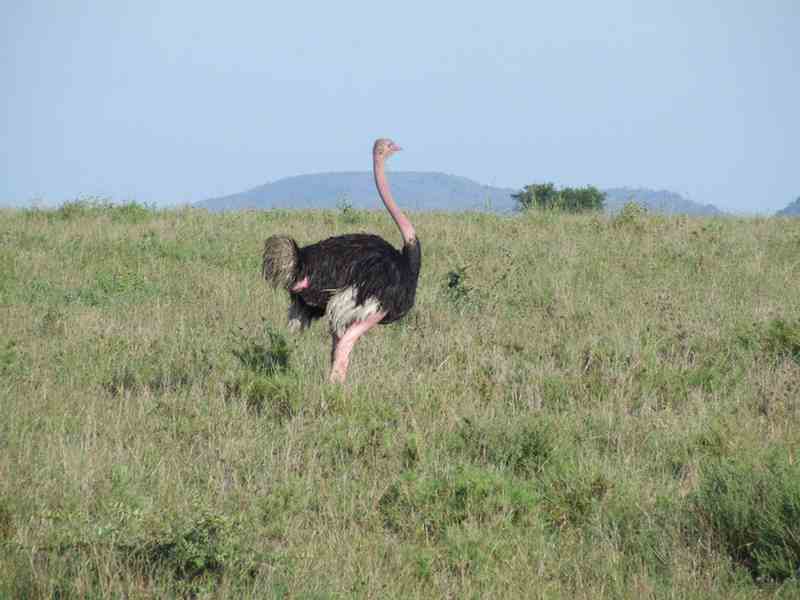
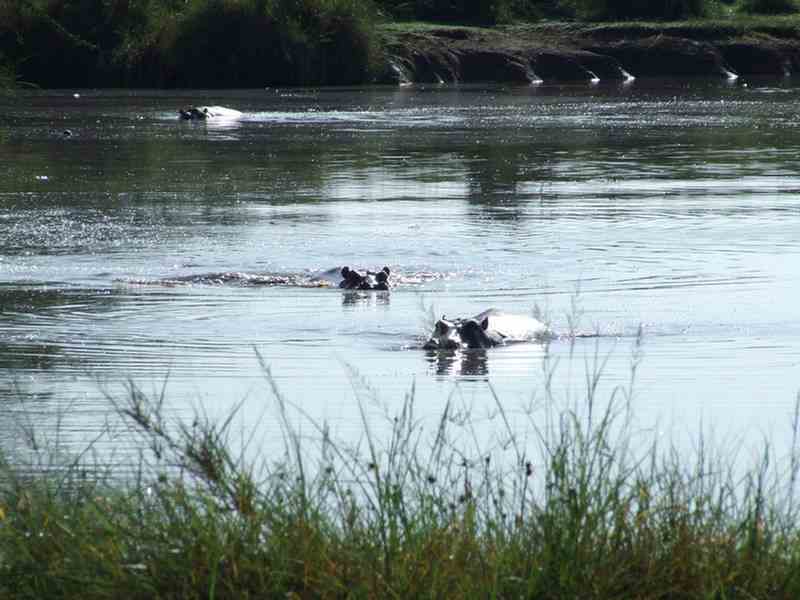
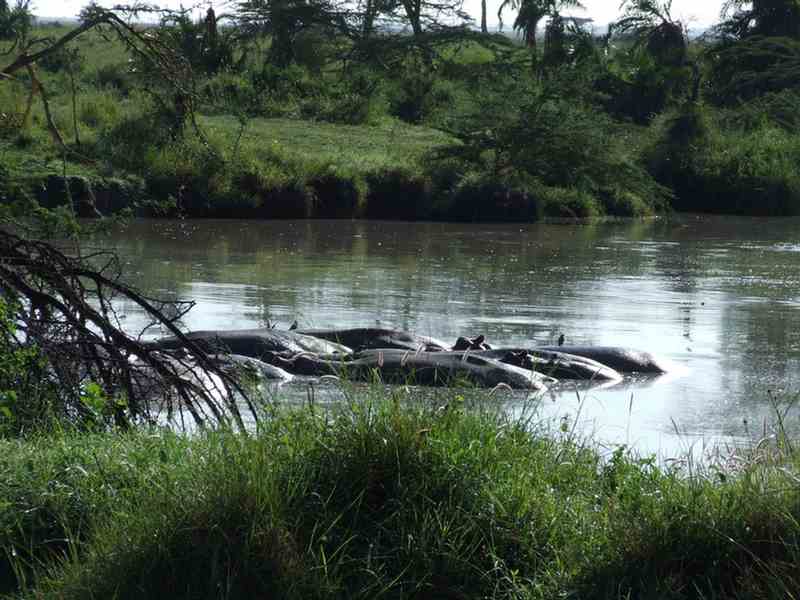
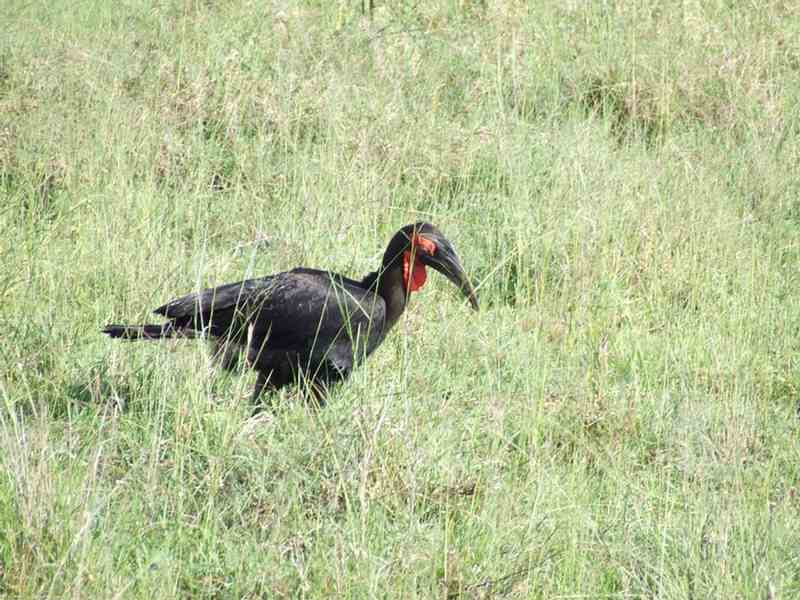
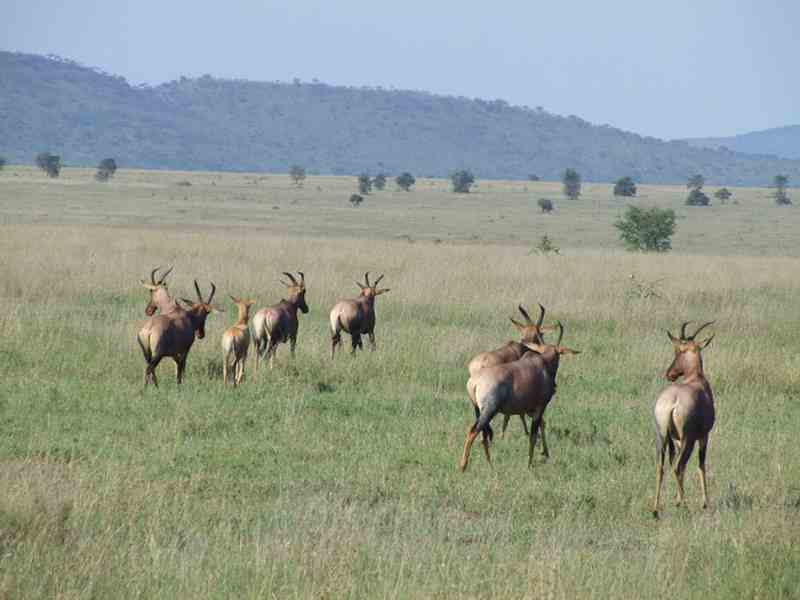
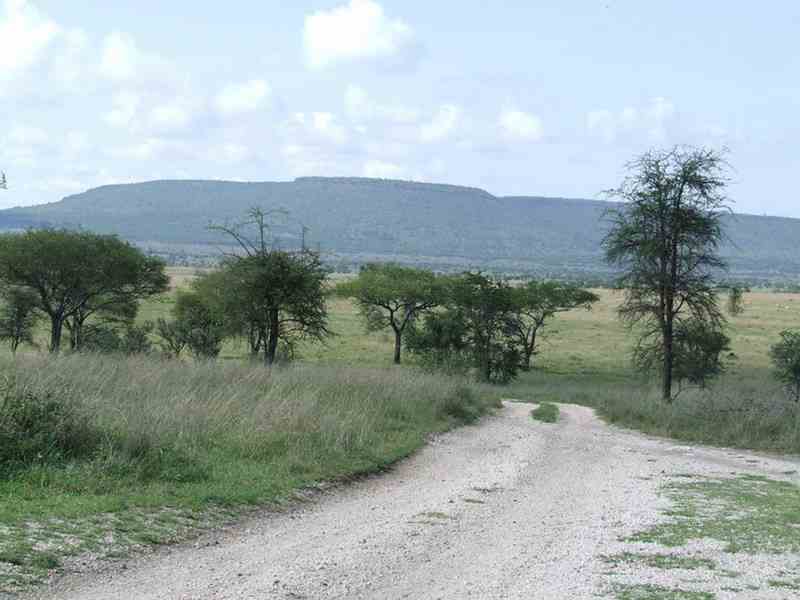
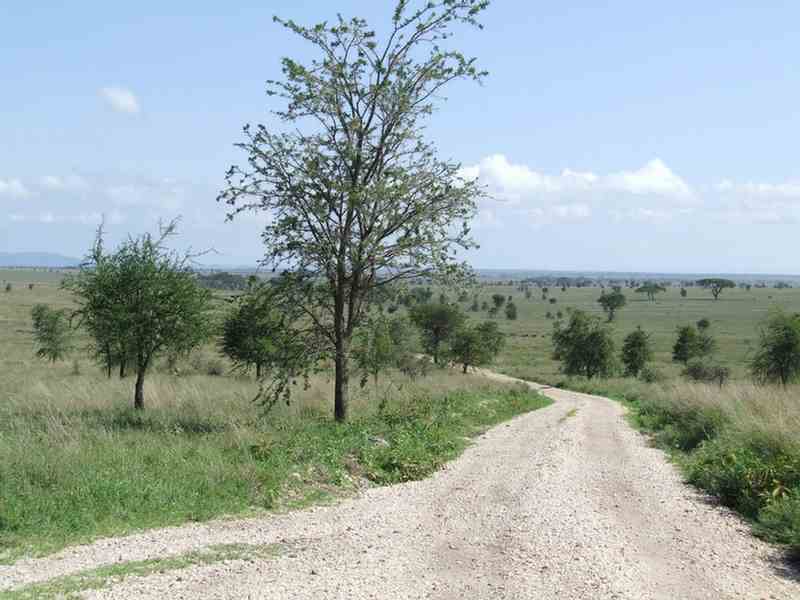
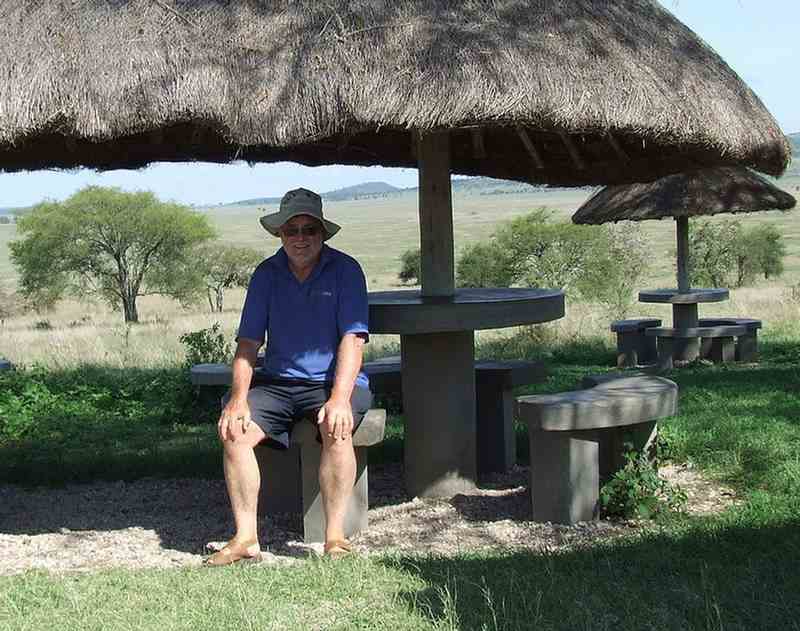
A superb starling
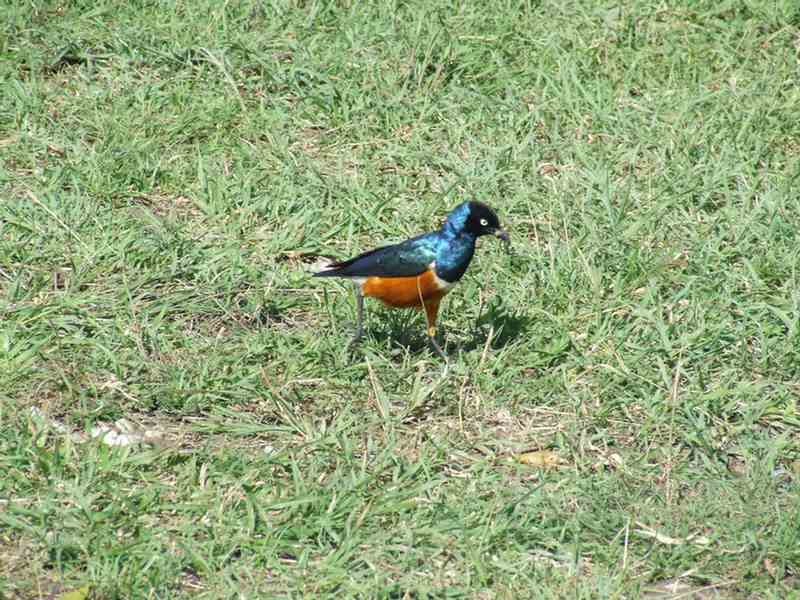
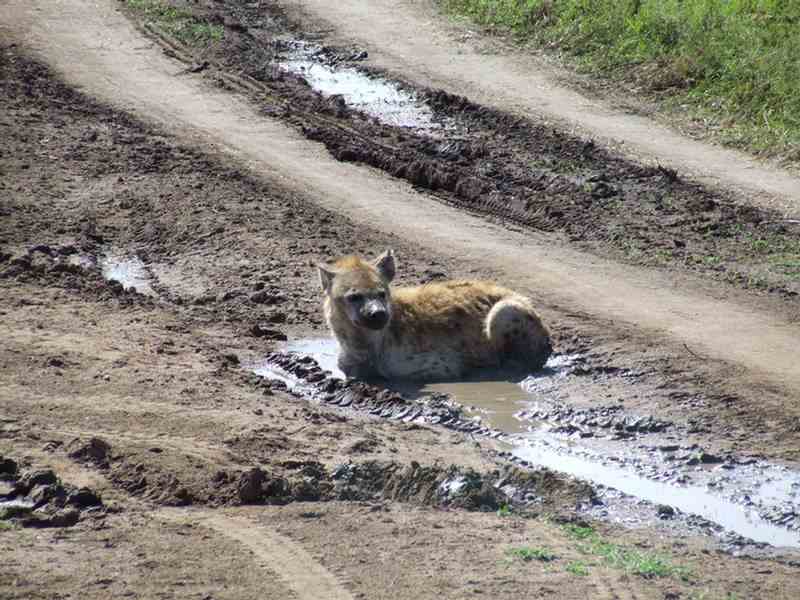
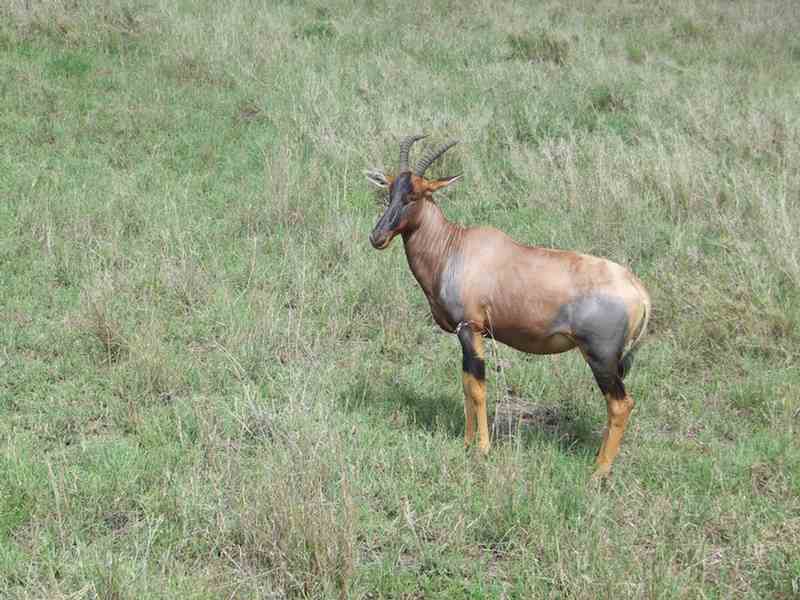
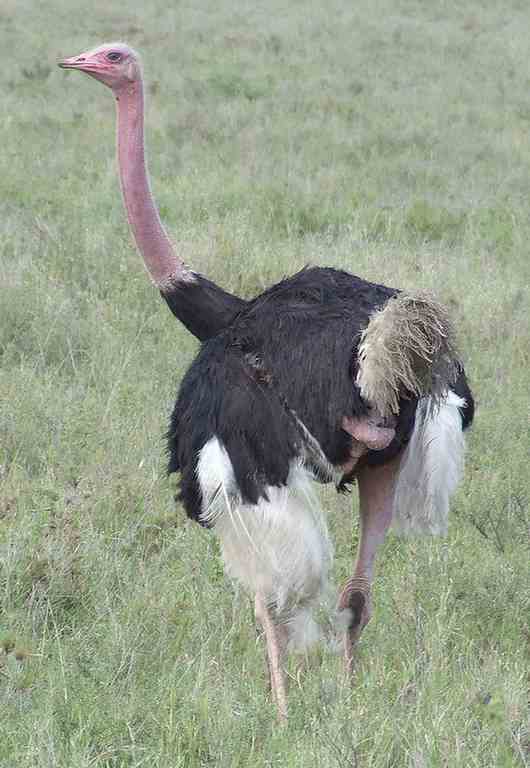
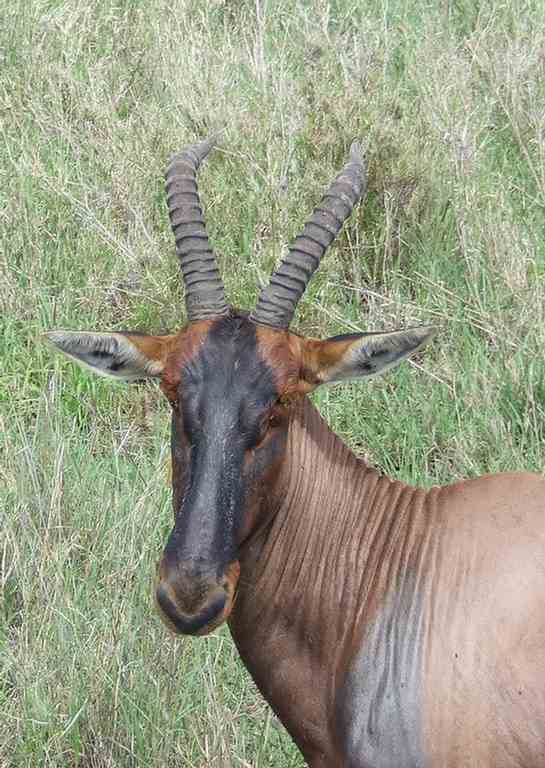
We saw lions in trees despite our tour leader saying that lions do not climb trees
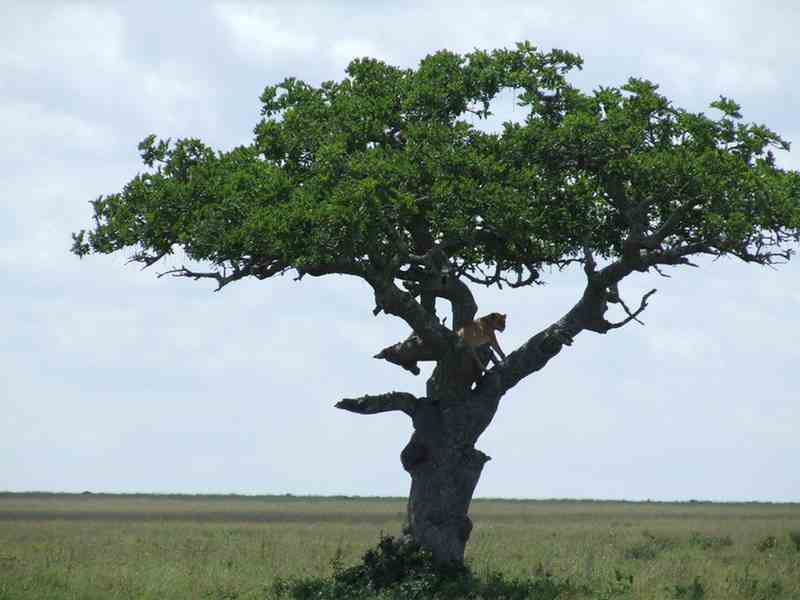
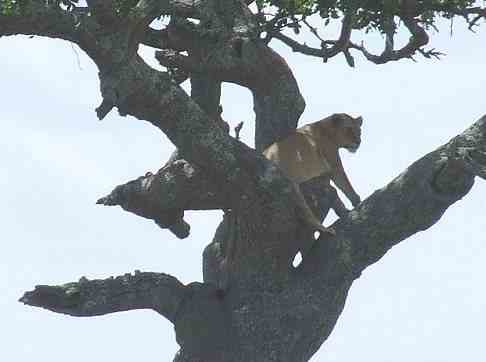
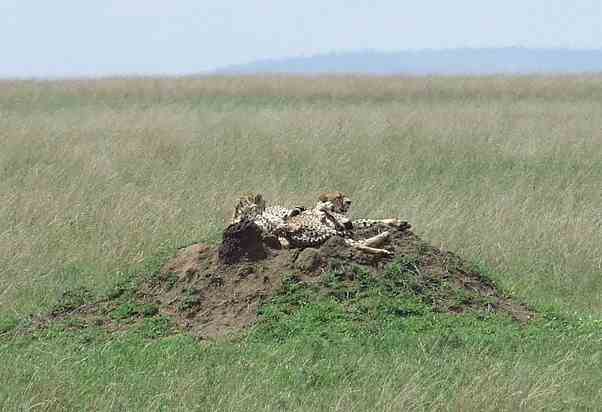
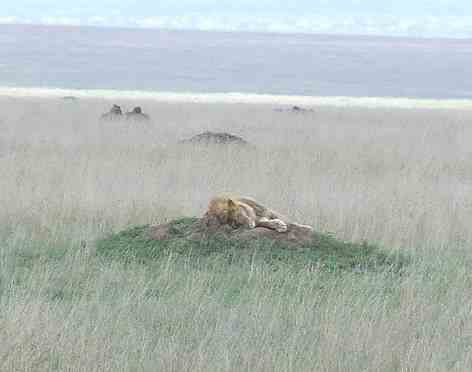

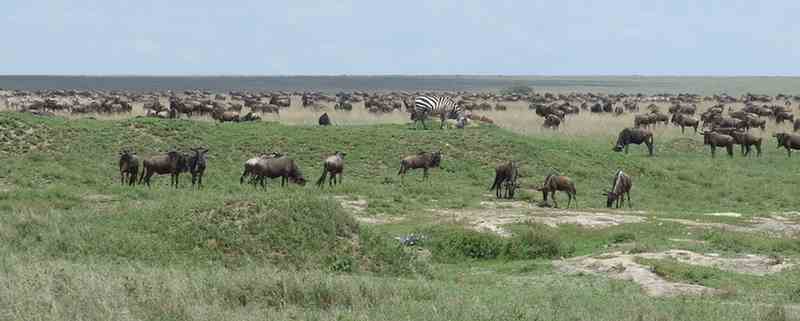
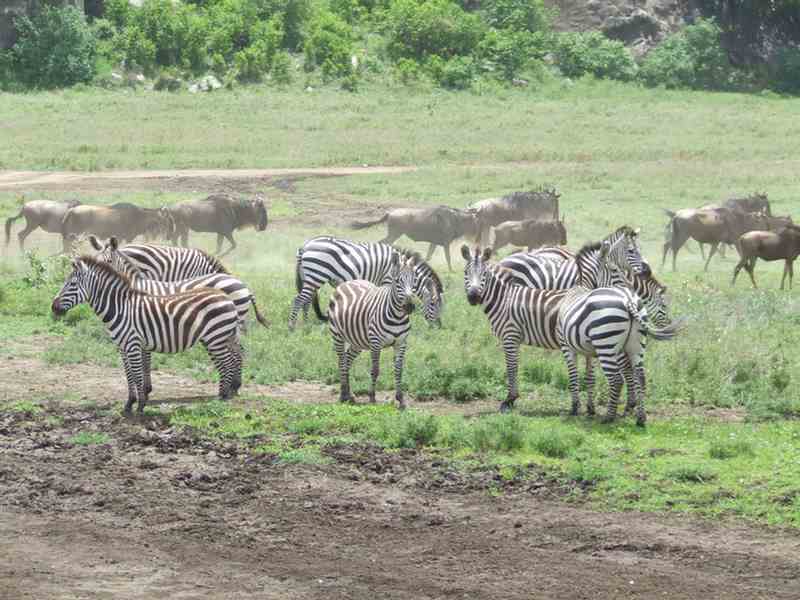

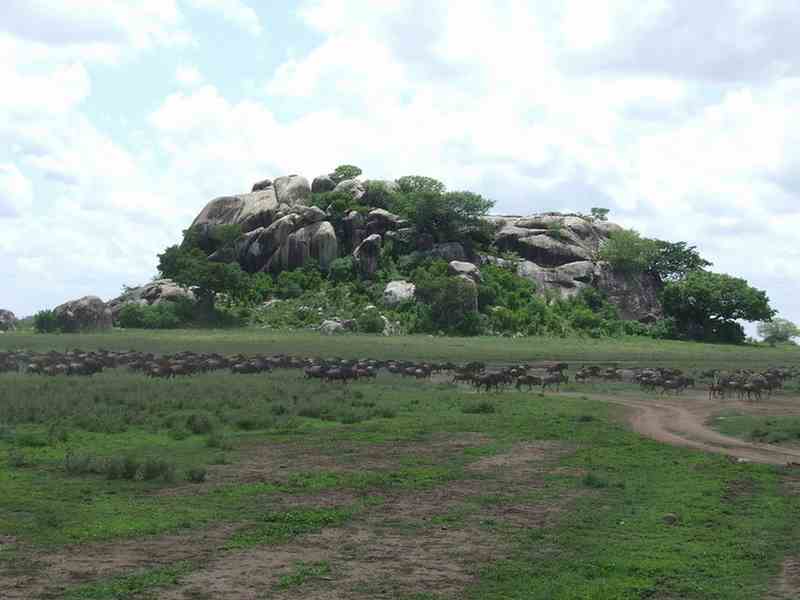

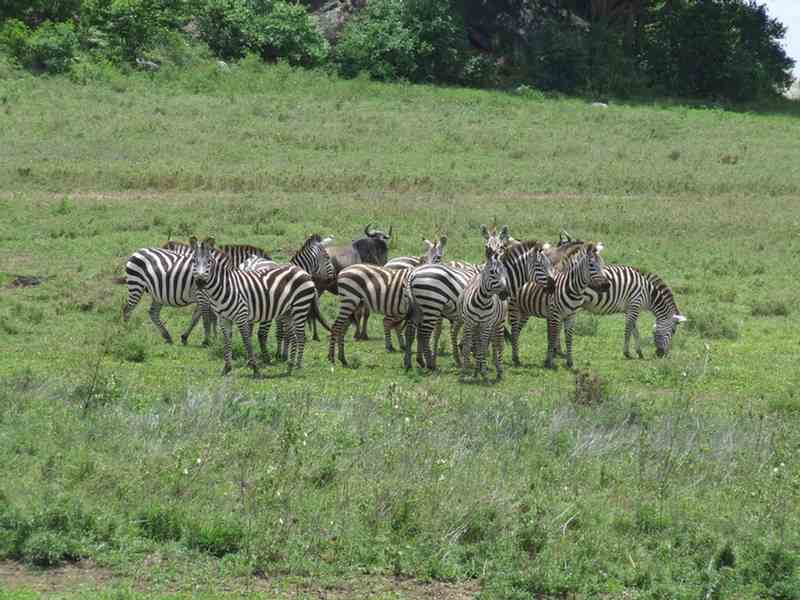
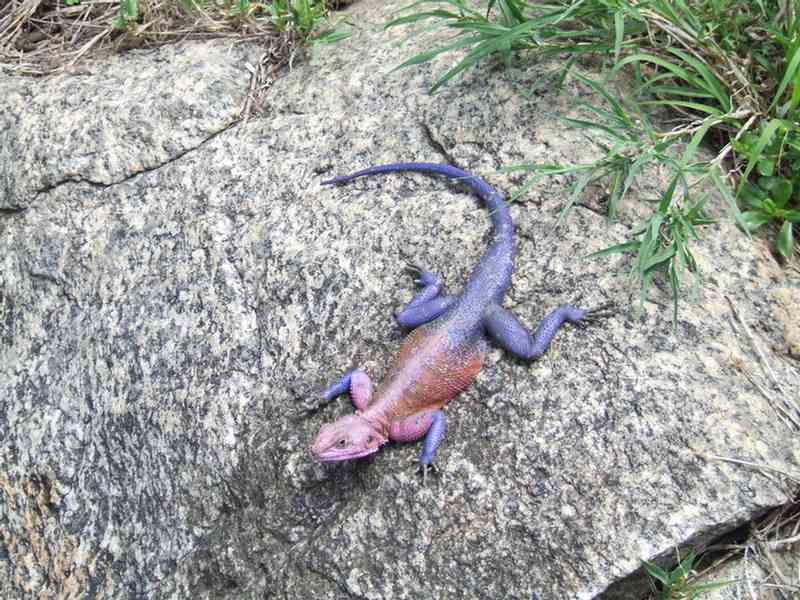
(Tanzania)
The name Serengeti comes from the Maasai word Siringitu,
which translates to "the place where the land moves on forever."
The Serengeti ecosystem is one of the oldest on earth. The essential features of climate,
vegetation and fauna have barely changed in the past million years.
Early man himself made an appearance in Olduvai Gorge about two million years ago.
Some patterns of life, death, adaptation and migration are as old as the hills themselves.
The Serengeti National Park covers an area of almost 15,000 sq km. and borders the Masai Mara Reserve in Kenya.
Unfortunately there is no border crossing and it is a long, all-day drive to go there.
I visited The Serengeti in 2008 as part of my 52-day, 7-country, IntrepidTravel camping-truck trip from Nairobi to Johannesburg.

Overlooking the vastness of the Serengeti from a knoll near the entrance




It is the migration for which Serengeti is perhaps most famous.
Over a million wildebeest and about 200,000 zebras flow south from the northern hills
to the southern plains for the short rains every October and November,
and then swirl west and north after the long rains in April, May and June.
So strong is the ancient instinct to move that no drought, gorge or crocodile infested river can hold them back.


This is the only leopard in the wild that I saw on the whole 8 week trip.
They hunt at night and store their prey away from the ground attackers.
The leopard has relatively short legs and a long body, with a large skull.
Its fur is marked with rosettes which lack internal spots.






A secretary bird.
Its common name is popularly thought to derive from the crest of long quill-like feathers,
lending the bird the appearance of a secretary with quill pens tucked behind his or her ear,
as was once the practice.

Spotted hyenas were common

Warthogs are my favourites. Ugly? No way!!!
We saw a number of them kneeling to graze







Safari, in Kiswahili, simply means "journey".













Marabou Stork
It is a frequent scavenger, and the naked head and neck are adaptations to this,
as it is with the vultures with which the stork often feeds.
In both cases, a feathered head would become rapidly clotted with blood and other substances
when the bird's head was inside a large corpse, and the bare head is easier to keep clean.


Guineafowl





We camped at the unfenced Ngri campsite inside the National Park.
You could hear the noises of wild animals in the night.



The next morning there were giraffes 50m from the tent












A superb starling





We saw lions in trees despite our tour leader saying that lions do not climb trees











